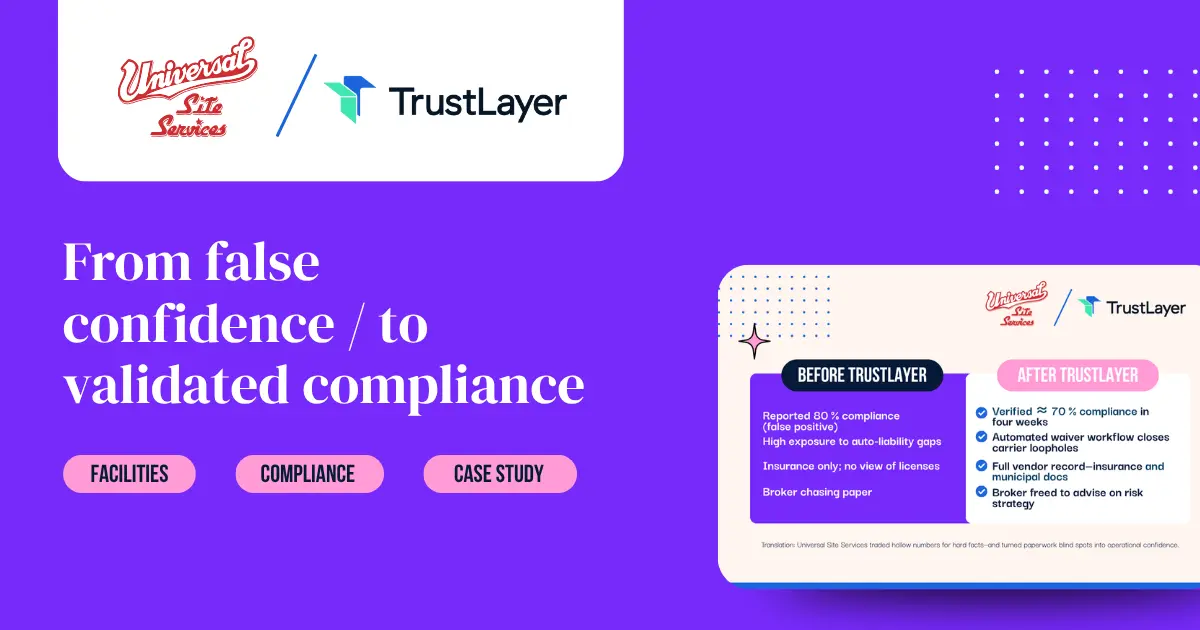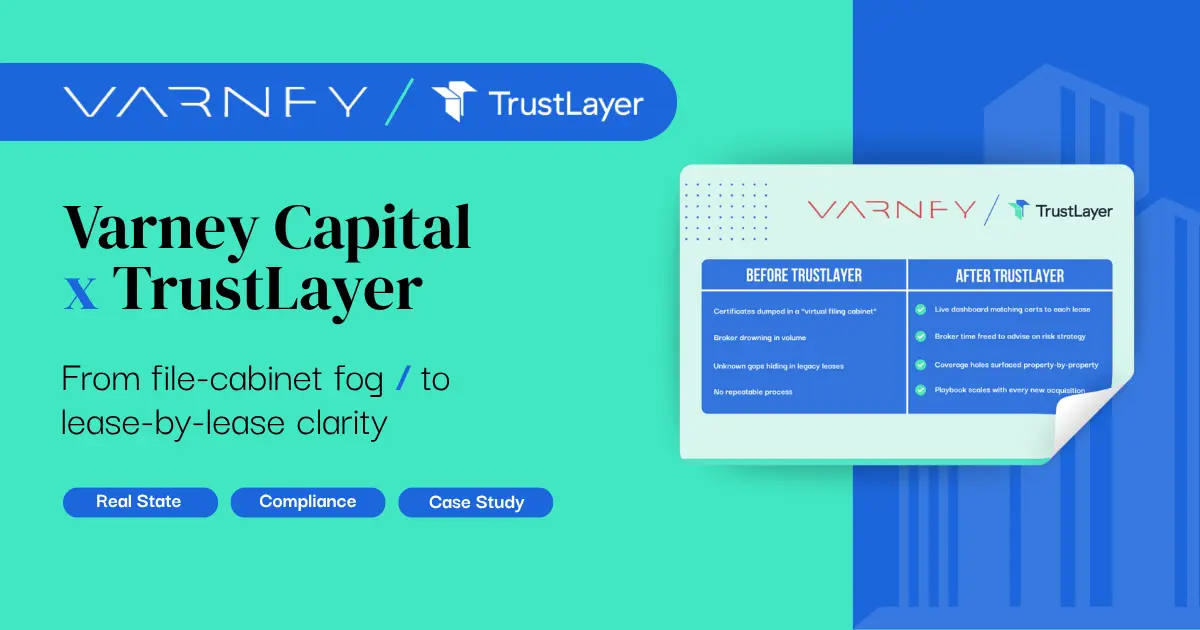What Is the Difference Between “Named Insured” and “Additional Insured”?

Understanding Insurance Terminology
Insurance can often feel like a complex web of terminology and conditions. Among the many terms that can be confusing are "named insured" and "additional insured." While they may sound similar, they serve distinct purposes within an insurance policy. Understanding these differences is crucial for anyone looking to navigate the insurance landscape effectively.
Before delving into the specifics, it's essential to understand the fundamental concepts of insurance policies. An insurance policy is a contract between the insurer and the insured, outlining the coverage, terms, and conditions that govern the relationship. Within this framework, the roles of named and additional insured parties become relevant.
Defining Named Insured
The "named insured" is the individual or entity explicitly listed on the insurance policy. This designation is significant because it outlines who is covered under the policy and to what extent. Named insureds typically have the broadest coverage and rights under the policy, including the ability to make changes, file claims, and receive benefits directly.
For instance, in a business insurance policy, the named insured might be the business entity itself, such as a corporation or partnership. This designation ensures that the business is protected against various risks, including property damage, liability claims, and other potential losses. Moreover, named insureds often have the authority to negotiate terms with the insurer, enabling them to tailor their coverage to fit their specific needs and risks better. This flexibility can be crucial for businesses that operate in dynamic environments where risks can evolve rapidly.
Exploring Additional Insured
On the other hand, the term "additional insured" refers to parties that are not the primary insured but are granted certain protections under the policy. This designation is often used in situations where one party wants to extend coverage to another party, usually through an endorsement or amendment to the original policy.
For example, a contractor may add a property owner as an additional insured on their liability insurance policy. This arrangement ensures that the property owner is protected in the event a claim arises from the contractor's work on their property. However, coverage for additional insureds is generally more limited compared to that of the named insured. It's important to note that additional insureds may only be covered for specific incidents or under certain conditions, which can vary significantly from one policy to another. Therefore, understanding the scope of this coverage is vital for all parties involved, as it can impact liability and financial responsibility in the event of a claim.
Furthermore, the inclusion of additional insureds can also influence the premiums and overall risk assessment of an insurance policy. Insurers may consider the nature of the relationship between the named insured and the additional insured when determining coverage limits and pricing. This dynamic can lead to negotiations that require both parties to clearly define their expectations and responsibilities, ensuring that all potential risks are adequately addressed. In many cases, additional insured endorsements are a common requirement in contracts, particularly in industries such as construction, where multiple parties are involved in a project and the potential for liability is heightened.
Key Differences Between Named Insured and Additional Insured
Understanding the differences between named insureds and additional insureds is essential for anyone involved in insurance transactions. Here are some key distinctions that highlight their unique roles:
Coverage Scope
One of the most significant differences lies in the scope of coverage. Named insureds typically enjoy comprehensive coverage that includes a wide range of protections. This can encompass liability, property damage, and even personal injury claims, depending on the policy.
In contrast, additional insureds often have limited coverage. Their protection is usually confined to specific situations, such as claims arising from the actions of the named insured. This means that while additional insureds have some level of protection, it may not be as extensive as that of the named insured. For example, suppose a contractor is named as an additional insured on a property owner's policy. In that case, their coverage might only apply if a claim is made due to the contractor's work on that specific property, leaving them vulnerable in other scenarios.
Rights and Responsibilities
Another critical difference is the rights and responsibilities associated with each designation. Named insureds have the authority to modify the policy, file claims, and receive benefits directly. They are the primary parties to the insurance contract, which grants them significant control over the policy.
Additional insureds, however, do not have the same level of authority. Their rights are typically limited to the coverage provided by the named insured's policy. They cannot make changes to the policy or file claims independently; they must rely on the named insured to handle these matters. This can lead to complications in situations where quick action is needed, as additional insureds may find themselves waiting for the named insured to respond to claims or policy changes, potentially putting them at risk.
Premium Costs
When it comes to premium costs, named insureds often bear the full financial responsibility for the policy. This includes paying premiums and any deductibles associated with claims. The premium amount is usually determined based on the risk profile of the named insured.
In contrast, additional insureds generally do not pay premiums for the coverage they receive. Instead, they benefit from the existing policy held by the named insured. This arrangement can be advantageous for additional insureds, as they gain protection without incurring extra costs. However, additional insureds need to recognize that their limited financial contribution may restrict their influence over the policy terms and conditions, making it crucial for them to maintain a strong relationship with the named insured to ensure their interests are adequately protected.
Moreover, the implications of being an additional insured can extend beyond just financial considerations. In many cases, additional insureds may need to provide proof of their status to third parties, such as clients or regulatory bodies, which can add another layer of complexity to their operations. Understanding the nuances of their coverage can help additional insureds navigate these challenges more effectively, ensuring they are not caught off guard in the event of a claim or dispute.
Why Understanding These Terms Matters
Understanding the distinctions between named insureds and additional insureds is not merely an academic exercise; it has significant real-world implications for businesses and individuals alike. Here are a few reasons why this knowledge is essential:
Risk Management
Effective risk management is a cornerstone of successful business operations. Understanding who is covered under an insurance policy can help organizations identify potential gaps in coverage and ensure that all parties are adequately protected. This is particularly important in industries where subcontracting and partnerships are common.
For instance, a construction company that hires subcontractors should ensure that both the company and its subcontractors are appropriately covered under the relevant insurance policies. Knowing the difference between named and additional insureds can help prevent costly misunderstandings in the event of a claim. Additionally, a thorough understanding of these terms can empower businesses to negotiate more favorable insurance terms and conditions, ultimately leading to more suitable coverage options that align with their specific operational risks.
Contractual Obligations
Many contracts, particularly in the construction and real estate industries, require parties to carry specific types of insurance coverage. Understanding the distinctions between named and additional insureds can help parties fulfill their contractual obligations effectively.
For example, a lease agreement may stipulate that the tenant must name the landlord as an additional insured on their liability policy. Failing to comply with this requirement could lead to disputes and potential financial liabilities. Furthermore, parties must communicate clearly about their insurance needs and expectations, as misunderstandings can lead to significant delays in project timelines or even legal action. By ensuring that all parties are on the same page regarding insurance coverage, businesses can foster stronger relationships and enhance collaboration throughout their contracts.
Claims Process
In the event of a claim, understanding the roles of named and additional insureds can streamline the process. Named insureds typically handle claims directly, while additional insureds may need to coordinate with the named insured to ensure their interests are protected.
Being aware of these dynamics can help all parties involved navigate the claims process more efficiently, reducing the likelihood of delays and disputes. Moreover, understanding the nuances of how claims are processed can empower additional insureds to advocate more effectively for their rights. They can prepare necessary documentation and communicate proactively with the named insured to ensure that their coverage is honored, which is particularly vital in high-stakes situations where a timely resolution is critical to business continuity.
Real-World Examples
To further illustrate the differences between named insureds and additional insureds, consider the following scenarios:
Scenario 1: A Construction Project
In a typical construction project, the general contractor is the named insured on a liability insurance policy. This policy covers the contractor's operations, including any claims arising from their work. The contractor may also add the property owner as an additional insured, providing them with coverage for claims related to the contractor's activities on the property.
If a worker is injured on the job site and files a claim, the general contractor's insurance would respond. The property owner, as an additional insured, would also be protected, but only for claims arising from the contractor's actions, not for their negligence. This distinction is crucial, as it underscores the importance of understanding the limitations of coverage. For instance, if the property owner were to inadvertently cause an accident by failing to maintain safe conditions on-site, their liability insurance would need to address that claim, as the contractor's policy would not extend to cover the owner's negligence.
Moreover, the contractor's insurance policy might include specific exclusions that could impact the property owner’s coverage. For example, suppose the contractor is found to have used substandard materials that led to structural failure. In that case, the property owner may face challenges in claiming coverage if they were not explicitly named in the contractor's policy as an additional insured for such specific incidents. This highlights the necessity for both parties to carefully review their insurance policies and ensure that all potential risks are adequately covered.
Scenario 2: A Commercial Lease
In a commercial lease agreement, the landlord may require the tenant to name them as an additional insured on the tenant's liability insurance policy. This arrangement protects the landlord from claims that may arise due to the tenant's operations on the leased premises.
In this case, the tenant is the named insured and maintains primary responsibility for the policy. The landlord, as an additional insured, enjoys protection without being directly involved in the insurance contract. This setup is particularly beneficial in scenarios where the tenant operates a business that poses risks to the property or the public, such as a restaurant or retail store. For example, if a customer slips and falls due to a wet floor in the tenant's store, the landlord would be protected under the tenant's policy as an additional insured, thereby avoiding potential financial loss from lawsuits or claims.
However, tenants need to understand that while they provide this coverage, they are still responsible for maintaining a safe environment and adhering to all the terms of their lease. If a claim arises from negligence on the tenant's part, the tenant's insurance would be the primary source of coverage. Furthermore, landlords often require tenants to provide proof of insurance. They may impose specific conditions regarding the minimum coverage limits, ensuring that they are adequately protected against any liabilities that may occur during the lease term. This dynamic relationship between tenants and landlords highlights the importance of clear communication and a thorough understanding of insurance obligations in commercial real estate transactions.
Conclusion
In summary, understanding the difference between "named insured" and "additional insured" is essential for anyone navigating the world of insurance. While both terms refer to parties covered under an insurance policy, they have distinct roles, rights, and responsibilities. Named insureds enjoy broader coverage and greater control over the policy, while additional insureds receive limited protection typically tied to the actions of the named insured.
By grasping these concepts, individuals and businesses can better manage their risks, fulfill contractual obligations, and navigate the claims process more effectively. Whether involved in construction, leasing, or any other industry, having a clear understanding of insurance terminology can lead to more informed decisions and ultimately result in greater peace of mind.
As you consider the complexities of named insureds and additional insureds, remember that managing these details is crucial for effective risk management. TrustLayer is here to streamline that process for you. Our cutting-edge certificate of insurance (COI) tracker is designed for modern risk managers who are ready to move beyond outdated, manual verification methods. With TrustLayer, you can automate the collection, storage, and verification of vital compliance documents, freeing up time and resources to focus on what matters—protecting your business. Don't let administrative burdens hold you back. Schedule a time to talk with our team and discover how TrustLayer can transform your approach to risk management and insurance verification.
















